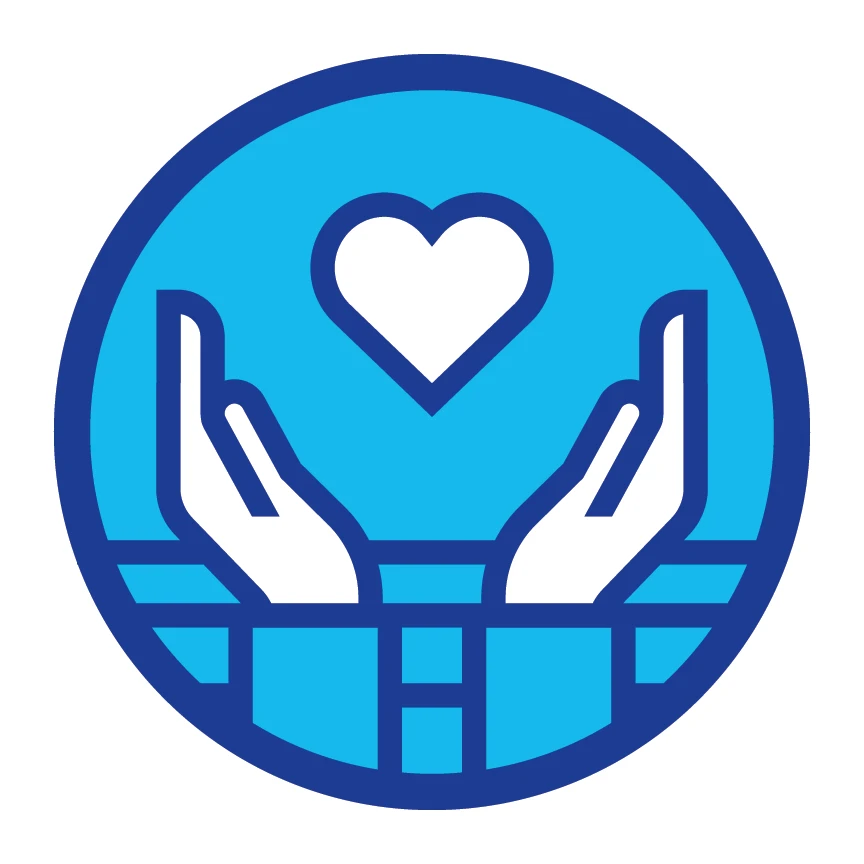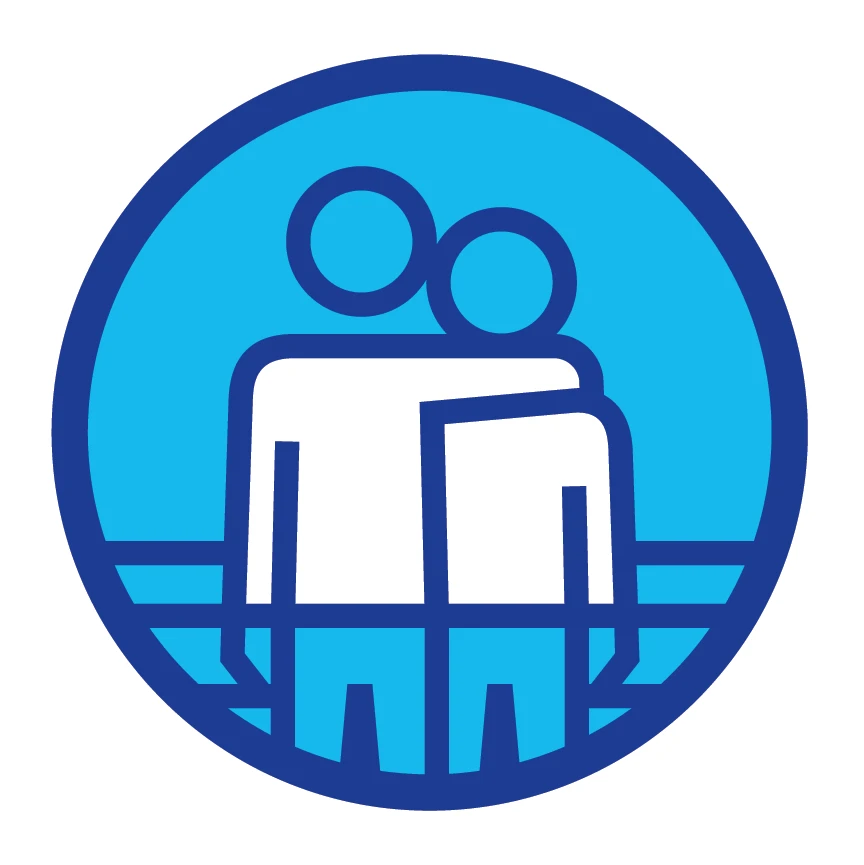Stillwater Hospice provides hospice, home health and palliative care to residents of 11 counties in northeast Indiana. You can call us 24 hours a day with questions about our services at (260) 435-3222. We’ve prepared this article to help dispel some myths about hospice care.
MYTH: Hospice means giving up.
Patients can still be full code when they opt for hospice care. They do not have to sign a DNR. A POST (Physician Orders for Scope of Treatment) form completed during the admissions process details the physician’s orders for end-of-life treatment. Hospice care focuses on symptom management and psychosocial care. Hospice social workers help families navigate the complicated world of the seriously ill and help patients with advance care planning. Chaplains, rabbis, imams and other faith counselors provide spiritual care. Free medical translators help inform patients whose first language is not English. For those patients electing to have hospice care in their homes, CNAs and home health aides provide daily care, and nurses are available 24 hours a day to help manage bothersome symptoms. Hospice care is also provided in scattered beds at area hospitals and assisted living and nursing homes. At Visiting Nurse’s Hospice Home, our 14-bed inpatient unit offers around-the-clock care for those patients whose symptoms can’t be managed at home.
MYTH: It’s too soon for hospice.
The hospice benefit is available to any patient whose life expectancy is six months or less if their disease process runs its normal course. Unfortunately, many times, hospice is only called in during the last few days or even hours of a patient’s life. One way to approach the eventual need for hospice care is by referring patients to palliative care. Palliative care (comfort measures) can be utilized even when the patient is seeking curative treatment. Because their symptoms are being managed, patients in both palliative and hospice care feel better and can often live weeks or months longer. In fact, a recent study of patients with metastatic non-small-cell lung cancer published in the New England Journal of Medicine found that “With earlier referral to a hospice program, patients may receive care that results in better management of symptoms, leading to stabilization of their condition and prolonged survival.” The authors of the study found that “Despite the fact that fewer patients in the early palliative care group than in the standard care group received aggressive end-of-life care (33% vs. 54%,), median survival was longer among patients receiving early palliative care (11.6 months vs. 8.9 months).” Moreover, patients can be recertified for hospice should they continue to do well after six months. Hospice can be certified for two 90-day periods and then unlimited 60-day periods.
MYTH: Hospice means patients have to give up their doctors.
Patients have the right to choose their physician. Doctors can still see their patients and bill Medicare Part B for service not related to the hospice diagnosis or can have an agreement with the hospice agency to pay for visits related to the hospice diagnosis. The hospice physician works in concert with the patient’s physician to develop a plan of care that ensures a better quality of life.
MYTH: Hospice takes away medication.
When patients are admitted to hospice, their medications are reviewed for medical necessity and some may be discontinued if their risk outweighs their benefit, or if there is no benefit for a person with a life expectancy of six months or less. They may also be changed to a hospice formulary equivalent. Palliative and hospice patients are prescribed the indicated medications to treat symptoms such as pain, nausea, constipation and anxiety. In addition, adjunct therapies like massage and music therapy help reduce anxiety and pain. Volunteers offer support to both patients and families, which also helps reduce anxiety and stress for the whole family.
MYTH: Hospice care is only for people with cancer or AIDS.
More than half of all hospice patients are enrolled in hospice with a diagnosis other than cancer. Hospice is for any person whose illness or injury means they have a life expectancy of six months or less if the disease or condition runs its expected course. That includes patients with congestive heart failure, COPD, ALS, Alzheimer’s and other end-stage neurological diseases, failure to thrive and other unspecified debility, and liver and renal disease. Palliative care, which provides symptom management while a patient is continuing to seek curative treatment, is also available to patients, and patients who seek palliative care can then elect hospice later as their disease progresses.


